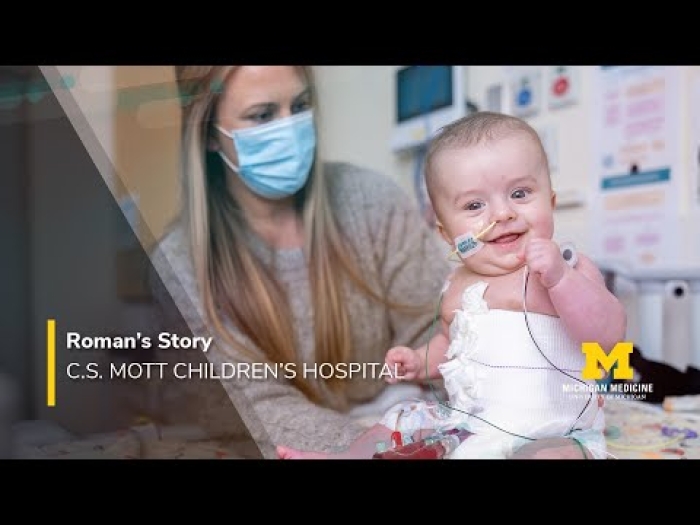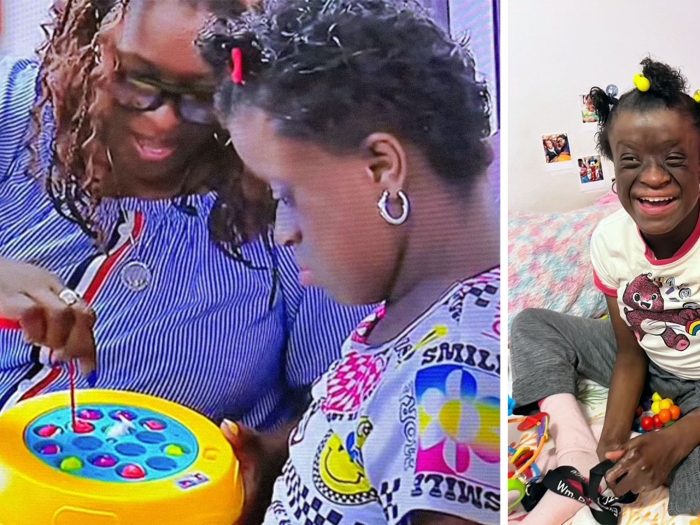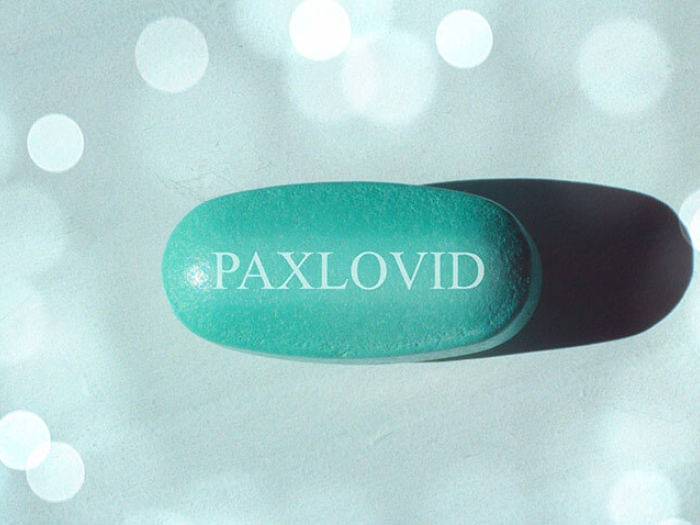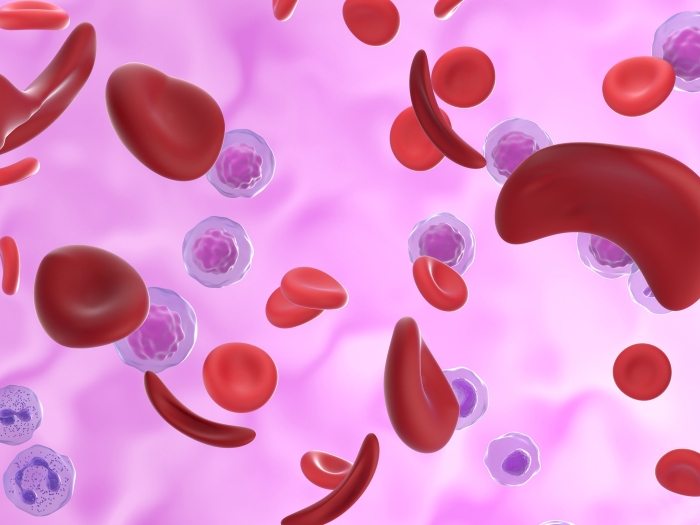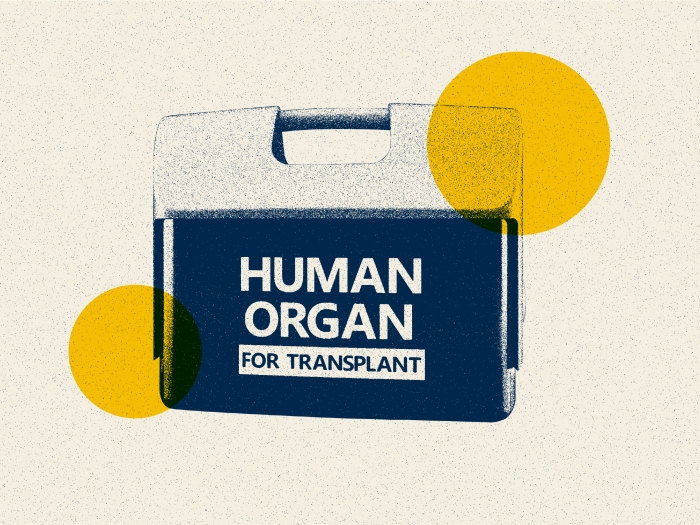In advance of a yearly registration event, two U-M students — a bone marrow recipient and the daughter of a heart transplant patient — work to increase donor awareness.
7:00 AM
Author |
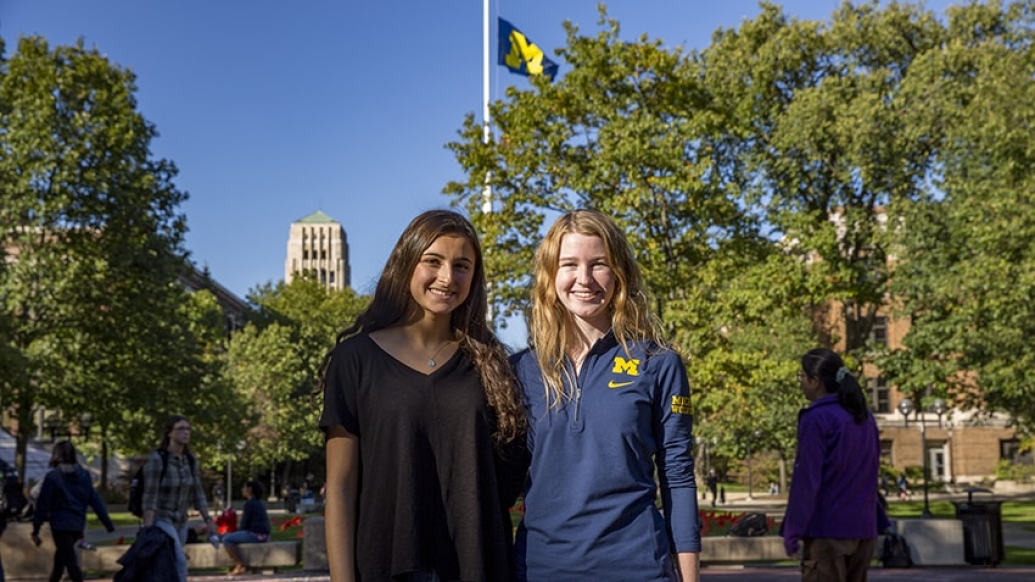
Becoming an organ and bone marrow donor is a proven way for young people to help save a life, and the registration process is simple and free.
But it might not be the first thing on their minds.
MORE FROM MICHIGAN: Sign up for our weekly newsletter
That's why the next generation of donation advocates, including two University of Michigan students, is stepping up to raise awareness among college-age peers.
Inspired by their own experiences, Meghan Hoffman and Blake Rogolsky are among those working to spread the word.
Both will attend Be a Hero at the Big House, the biggest single-day blood drive on the U-M campus. The annual event — to be held this year on Nov. 11 — will also give attendees the option to register for organ and bone marrow donation.
Young bone marrow donors are particularly important, as donors ages 18 to 44 provide the best chance of a successful transplant.
Hoffman and Rogolsky shared personal stories in advance of the event.
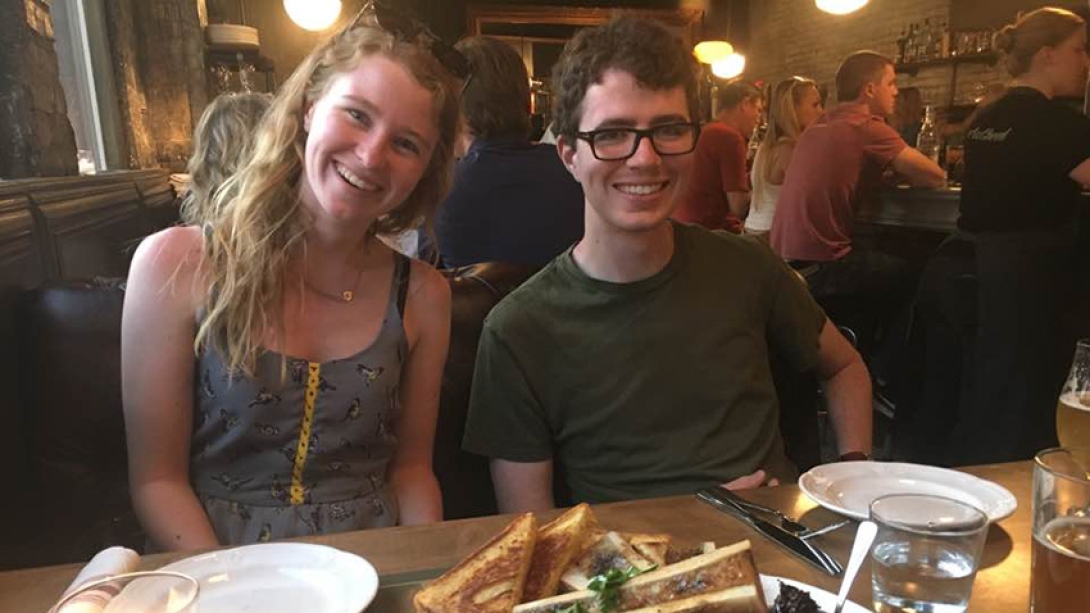
A brother's gift
Looking back, Hoffman doesn't know how she kept up with a demanding marching band schedule during her high school years.
It was the same time she struggled with aplastic anemia, a blood disorder that left her with a compromised immune system and relentless exhaustion.
SEE ALSO: Why Organ Donation Matters [Infographic]
Despite those hurdles, "I was really powering through," recalls Hoffman, now 22 and a pharmacy doctoral candidate at U-M. "I look back now and wonder what I could have accomplished if I had even more energy. Transfusions would give me a burst of energy, but that would only last so long."
Hoffman continued to manage her illness as best she could for three years until doctors made the call: She needed a bone marrow transplant.
During a transplant, healthy donor cells are transferred to the patient in the hopes that they begin to grow healthy red and white blood cells and platelets.
Doing so first requires detailed evaluation: To be a match, a donor's cells must share a similar protein makeup with the patient's — a more complex factor than blood type alone.
The majority of people needing bone marrow are placed on a registry until a suitable match is found, which can take years.
About one-third of those in need match with a relative, often a sibling. Hoffman considers herself fortunate to have matched with her younger brother, Ryan.
The transplant and subsequent healing experience gave the siblings a special bond.
When Hoffman sees her brother's scar, she's reminded of his sacrifice. And she often thinks about those in need who aren't lucky enough to have a matching donor in the family.
Now, as president of Be the Match on Campus — which involves organizing campus drives and increasing awareness of the national bone marrow registry — she's working to close that gap.
"The difference I want to make through the organization is increasing the number of committed people on the registry in the hopes that at least one person finds a match and can go through the lifesaving process that is a bone marrow transplant," says Hoffman, a native of Canton, Michigan.
"I want bone marrow transplants to become common knowledge, viewed as essential and easy as donating blood."
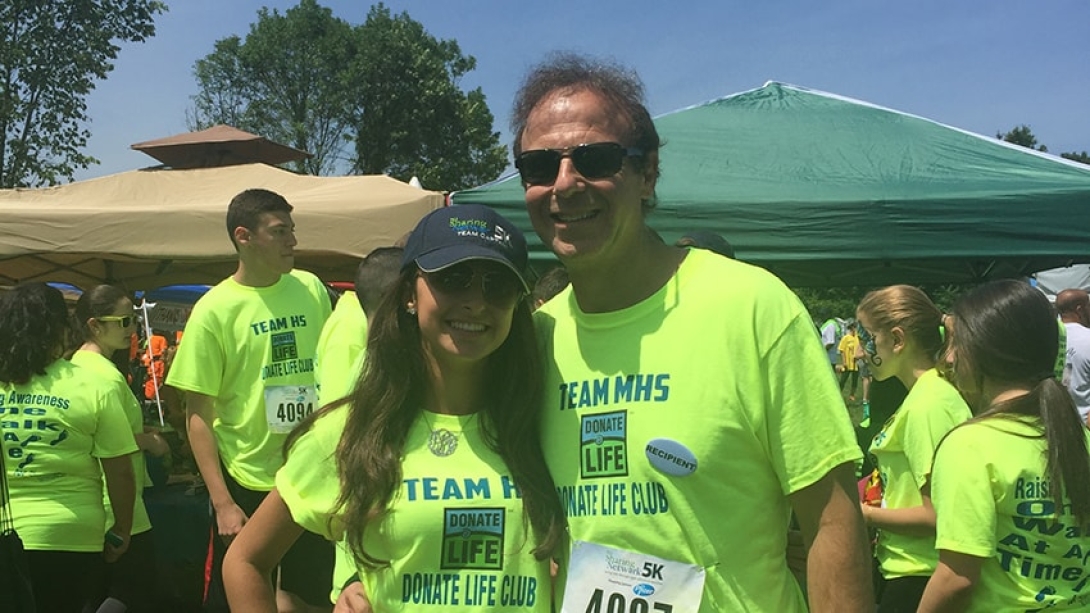
New heart, new outlook
Blake Rogolsky was in middle school when her family received the call that her father, Alan, had received a transplant heart — news they had been waiting three years to hear.
SEE ALSO: The Faces of Transplant: How Organ Donation Saved Their Lives
"I was waking up for school when my mom got the call," says Rogolsky, now a U-M sophomore. "She ran through the house screaming. The whole family was excited, but we also knew we should be prepared for the worst. There were a lot of mixed emotions."
Rogolsky's father was diagnosed with hypertrophic cardiomyopathy, a genetic heart condition, in his 20s. Although he was fortunate to live without side effects for many years, the onetime bodybuilder found himself unable to climb a set of stairs in his 50s.
The transition was frightening for a young Rogolsky, who remembers traveling over an hour to visit her dad in the hospital during many lengthy stays.
"I didn't understand how someone who was once so healthy was now dependent on machines to survive," the 19-year-old says. "It was very scary for me."
Alan Rogolsky's rapidly declining health led to him being placed first on the list of heart transplant candidates. Nonetheless, it took three months before a healthy donor heart was found.
The transplant was a success, and he has resumed an active lifestyle.
Blake Rogolsky remains grateful that her father received a transplant in a short time, but she also knows that thousands of people are still waiting for the gift of life. She became driven to encourage her peers to consider becoming organ donors.
The New Jersey native launched the Donate Life Club at her high school and is working to revive the U-M undergraduate chapter of Wolverines for Life, a group of U-M and community advocacy groups committed to saving lives through organ donation.
Through continued open dialogue and sharing her father's story, Rogolsky has helped raise awareness across campus.
Main photo by Bryan McCullough
Be a Hero at the Big House will take place from 8 a.m. to 5 p.m. Sunday, Nov. 11, in Michigan Stadium. For more information or to reserve your blood donation appointment, visit the Wolverines for Life home page.

Explore a variety of healthcare news & stories by visiting the Health Lab home page for more articles.

Department of Communication at Michigan Medicine
Want top health & research news weekly? Sign up for Health Lab’s newsletters today!
